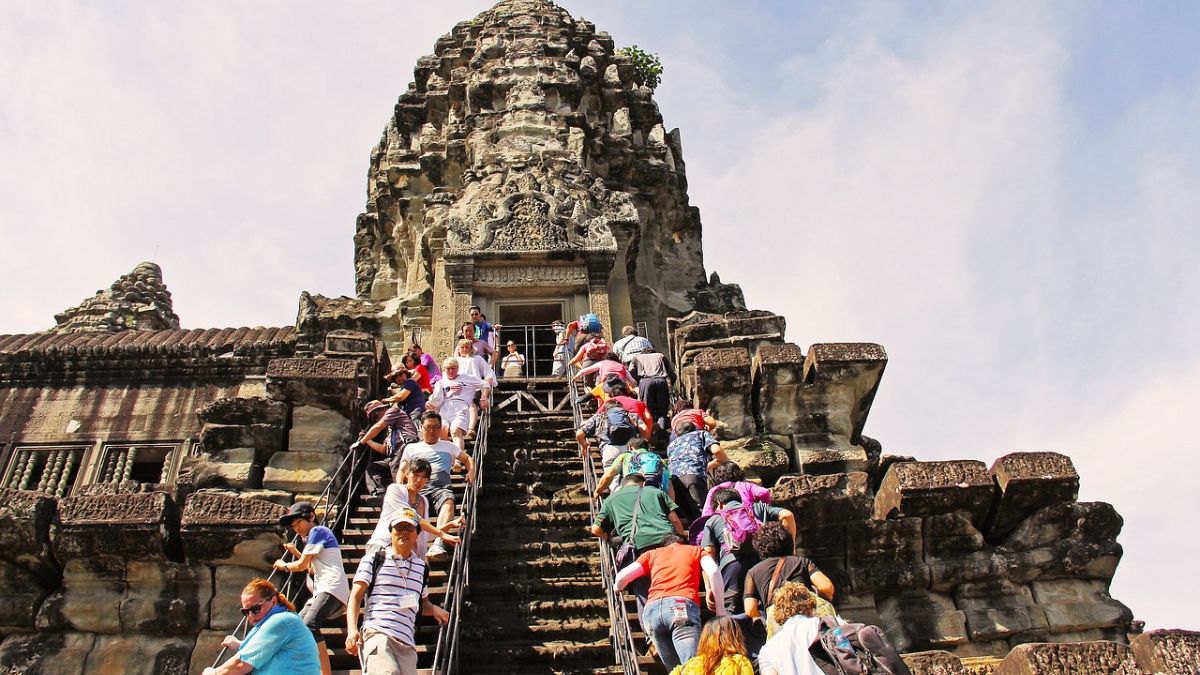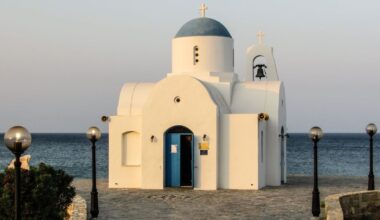Embarking on a journey through places with mythical significance is a captivating venture that transcends ordinary travel. This article invites you to explore destinations steeped in legend, where mythology intertwines with reality, creating an enchanting tapestry of cultural heritage. From ancient ruins to sacred landscapes, these mythical realms offer travelers a unique blend of history, storytelling, and a connection to the mysticism of the past.
Delphi, Greece: The Oracle’s Sanctuary
Nestled on the slopes of Mount Parnassus, Delphi in Greece is a place where mythology and divination converge. According to Greek legend, Delphi was considered the center of the world and the dwelling place of the god Apollo. The Oracle of Delphi, a priestess who channeled the wisdom of Apollo, attracted seekers from far and wide. Today, visitors can explore the archaeological site, stand in the sacred precinct, and imagine the whispers of prophecies that once echoed through the Temple of Apollo.

Stonehenge, England: A Circle of Mystery
In the heart of England, the ancient stone circle of Stonehenge stands as a testament to prehistoric ingenuity and mythological significance. Shrouded in mystery, Stonehenge is believed to have celestial alignments and connections to druidic rituals. The sheer scale of the stones and the enigmatic purpose of this Neolithic monument make it a must-visit destination for those intrigued by the intersection of myth and history.
Teotihuacan, Mexico: City of the Gods
Teotihuacan, located near Mexico City, was once a thriving metropolis and a center of Mesoamerican civilization. Referred to as the “City of the Gods” by the Aztecs, Teotihuacan is home to the Pyramid of the Sun and the Pyramid of the Moon. The layout of the city reflects a cosmic design, aligning with the mythological beliefs of the ancient inhabitants. Exploring the pyramids and the Avenue of the Dead offers a glimpse into the religious and mythic aspects of this ancient city.
Machu Picchu, Peru: The Incan Citadel in the Clouds
High in the Andes Mountains, Machu Picchu is an archaeological wonder and a testament to the ingenuity of the Inca civilization. According to Incan mythology, Machu Picchu was built by the god Viracocha and later rediscovered by the Spanish explorer Hiram Bingham. The awe-inspiring mountain setting and the intricate stone structures create an ethereal atmosphere, inviting travelers to step back in time and immerse themselves in the myths of the ancient Andean people.

Angkor Wat, Cambodia: Temples of the Khmer Empire
Amidst the lush jungles of Cambodia lies the sprawling temple complex of Angkor Wat, the largest religious monument in the world. Built by the Khmer Empire, Angkor Wat is dedicated to the Hindu god Vishnu and later transformed into a Buddhist temple. The intricate carvings and towering spires evoke a sense of divine grandeur, allowing visitors to connect with the rich mythology of the Khmer civilization.
Avalon, Glastonbury: The Isle of Arthurian Legend
In the mystical landscapes of Glastonbury, England, Avalon is a place steeped in Arthurian legend. According to medieval tales, Avalon is the legendary island associated with King Arthur and his magical sword Excalibur. Glastonbury Tor, rising dramatically from the landscape, is often identified as the mythical Avalon. The enchanting ambiance of Glastonbury invites travelers to delve into the lore of King Arthur and the Knights of the Round Table.
Ephesus, Turkey: City of Artemis and the Great Theater
Ephesus, an ancient Greek city in Turkey, holds a mythical charm with its well-preserved ruins. It was home to the Temple of Artemis, one of the Seven Wonders of the Ancient World. The grand Theater of Ephesus, where ancient performances took place, adds to the city’s allure. Ephesus invites travelers to step into the footsteps of ancient legends and relish the architectural wonders of a bygone era.

Ayers Rock (Uluru), Australia: The Red Heart of Dreamtime
In the heart of Australia, Ayers Rock, also known as Uluru, is sacred to the Indigenous Anangu people. According to Aboriginal Dreamtime mythology, Uluru is a significant site with stories and creation myths tied to its formation. The vibrant red hues of Uluru at sunrise and sunset create a mesmerizing atmosphere, inviting visitors to connect with the spiritual and cultural significance of this ancient monolith.
A Mythical Tapestry Unveiled
Traveling through places with mythical significance is a journey that transcends time and space. Each destination carries the echoes of ancient myths, inviting modern-day explorers to connect with the stories that have shaped cultures and civilizations. From the Oracle’s Sanctuary in Delphi to the mystical city of Teotihuacan and the sacred landscapes of Ayers Rock, these mythical realms offer not only a feast for the senses but also a profound connection to the rich tapestry of human imagination and belief.
As you traverse these legendary landscapes, let the myths of the past guide your steps and unveil the enchanting stories that have woven the fabric of our collective human heritage.










